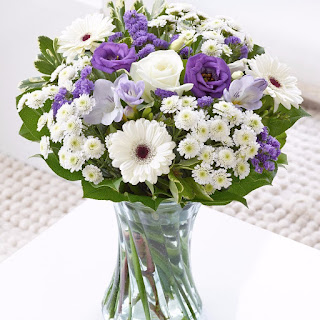What is the Botanical Classification of Flowers
The colors have allowed science to bring order to the botany. Oddly enough, their role during plant reproduction became well known and was experimentally proven only in 1694. The Swedish botanist Linnaeus (1707-1778) made the basis of his botanical classification of plants, the number of stamens of the flower and their distribution. This taxonomy is stable for a long time. Bloomen Toronto has all types of flowers to suit your needs.
To attract pollinators, various forms of flowers, single or clustered in buds, often have a seductive aroma, have evolved over the course of evolution.
Among the forms of flowering plants may be noted bell-shaped (Campanula), funnel-shaped (Streptocarpus) and tubular (Aeschynanthus). Many of the flowers are shaped exactly to the pollinating insects or other animals.
Special form of flowers with bracts. Here, flowers or inflorescences do not catch the eye, but are available luxuriously painted, spirited bracts.
Extremely widespread different forms of flowers and inflorescences, but all this wealth of opportunities can be reduced to several basic forms. Some of them are typical of some families, such as flowers, orchids, which are found only in the family Orchidaceae (Orchidaceae). Representatives of the Kutrovoe family (Arosupaseae) are also different flowers that cannot be confused with others. An example is Adenium. Other forms, such as bell shaped, are found in many families. The flowers in different shapes are corollas simple and double.
Along with the flower coloring sheet, plants serve as a signal for pollinators. Petals staining is due to solids, staining substances contained in a thin layer of plasma plants or dissolved in cellular juice. The flowers from red to blue give the plants anthocyanins, pigments from the flavonoid group. These painted connections are most commonly found in plants. Yellow, orange and yellow-red colors give the plants carotenoids and other flavonoids that enter the chromoplasts.
White color - that is, relatively speaking, does not not get colored. Just in the parts of the petals between the cells there are small voids filled with air, which causes the sun's rays to break, and we perceive them as bright white. Soft velvety, sparkling color (Saintpaulia) is due to the presence of firmly seated, uniform pericarp on the leaf surface.
As a brief characteristic of flowers, not to mention their scent, after all, it is the "soul of plants", a sophisticated attractant. From the point of view of chemists, this is - essential oils, easily volatile and endangered at low temperatures. The aroma of flowers and insects are similar in composition. The most famous example: geraniol contained in flowers, roses, has the same structural formula as an attractive male bee. So, the female bee flies on a rose and pollinates its flowers.




Comments
Post a Comment